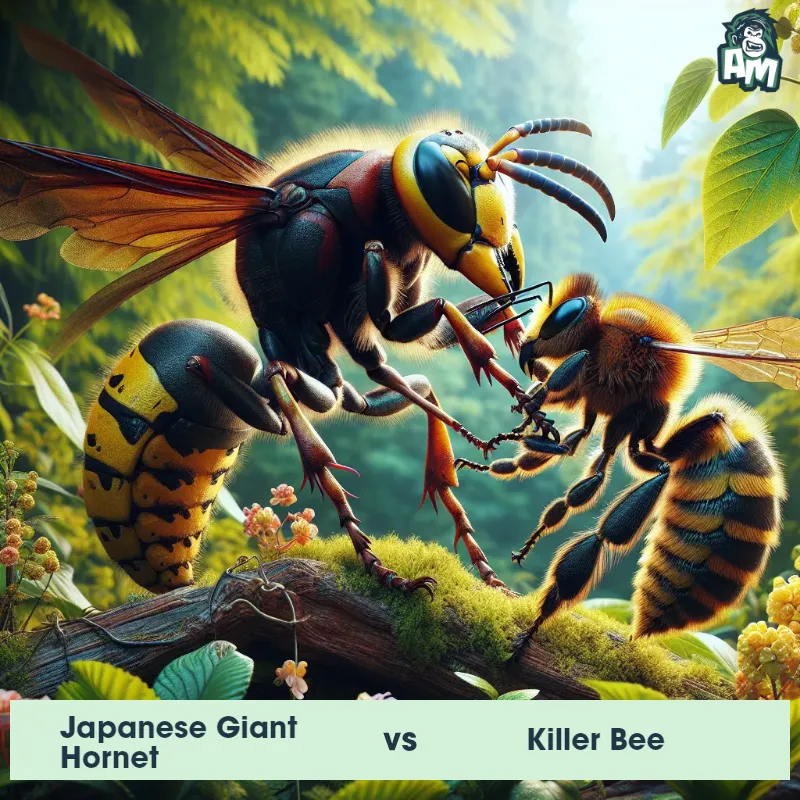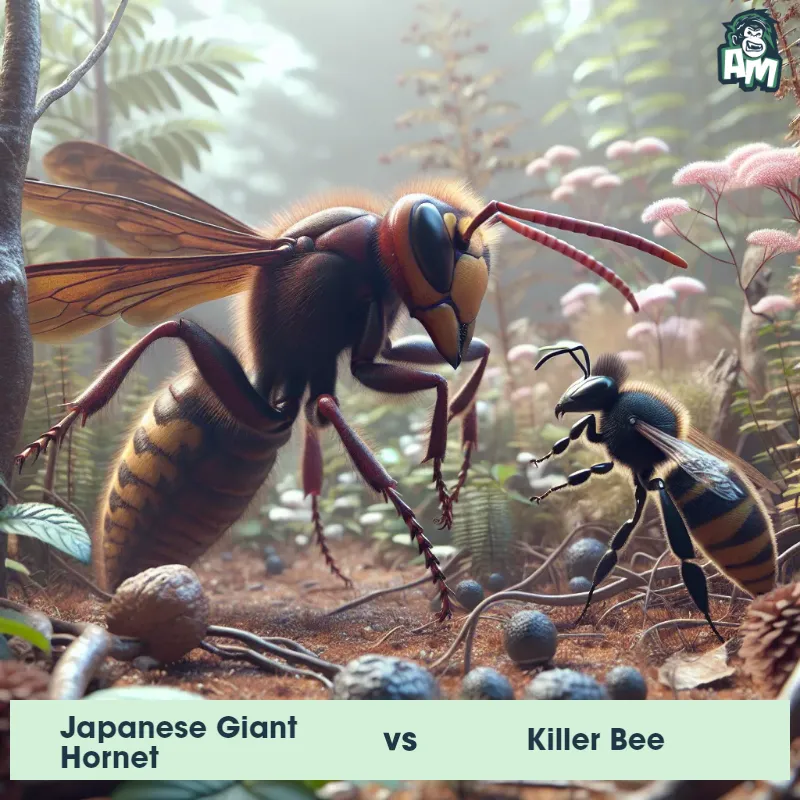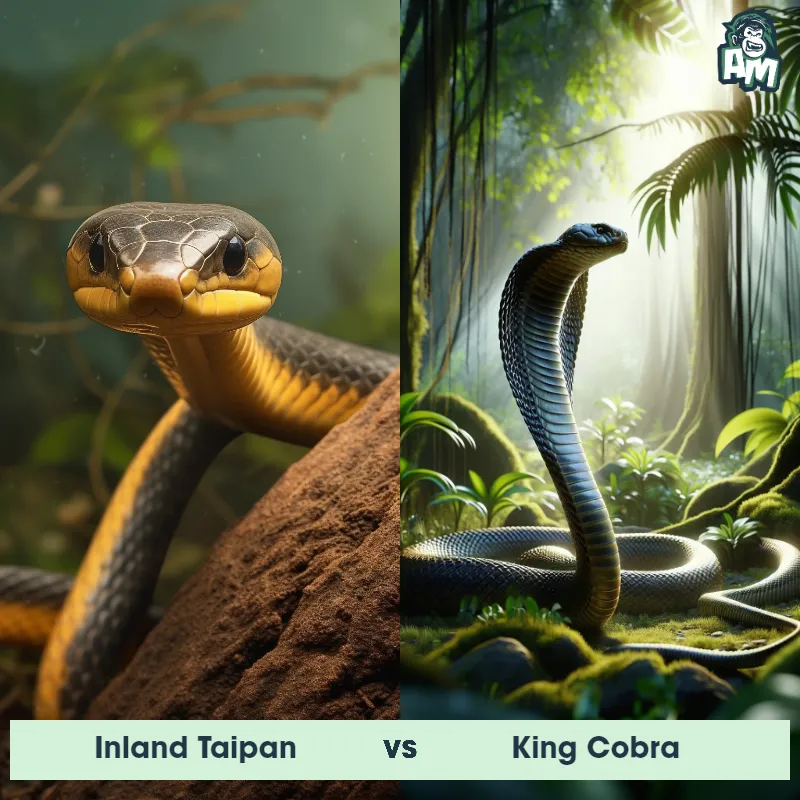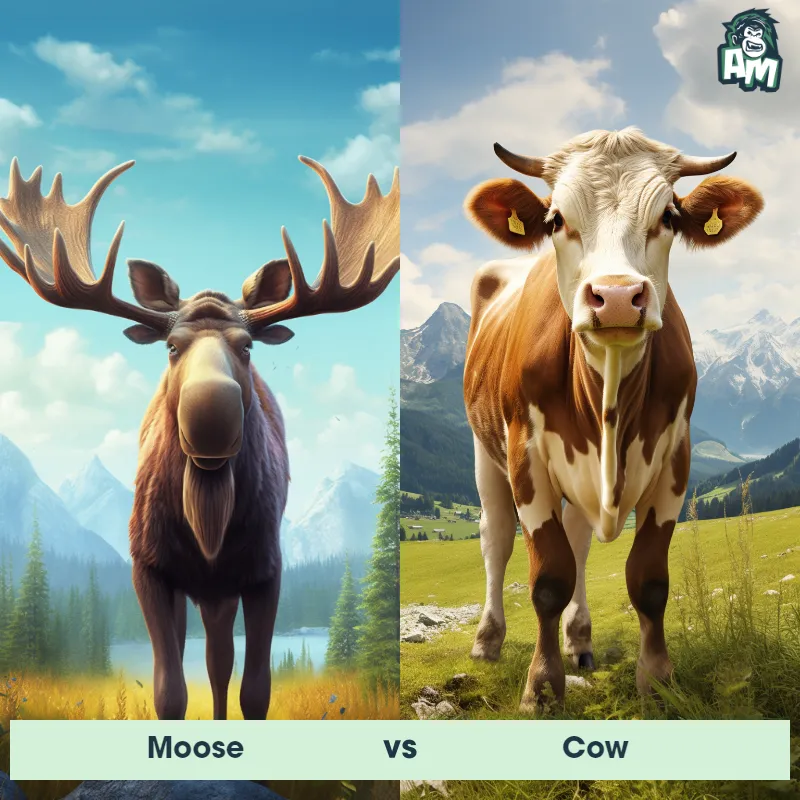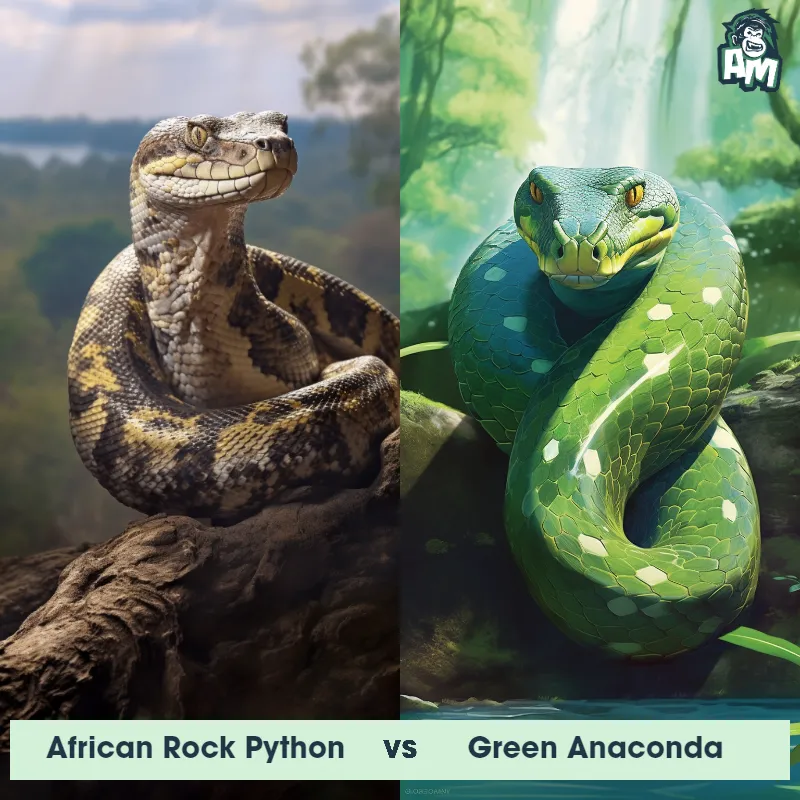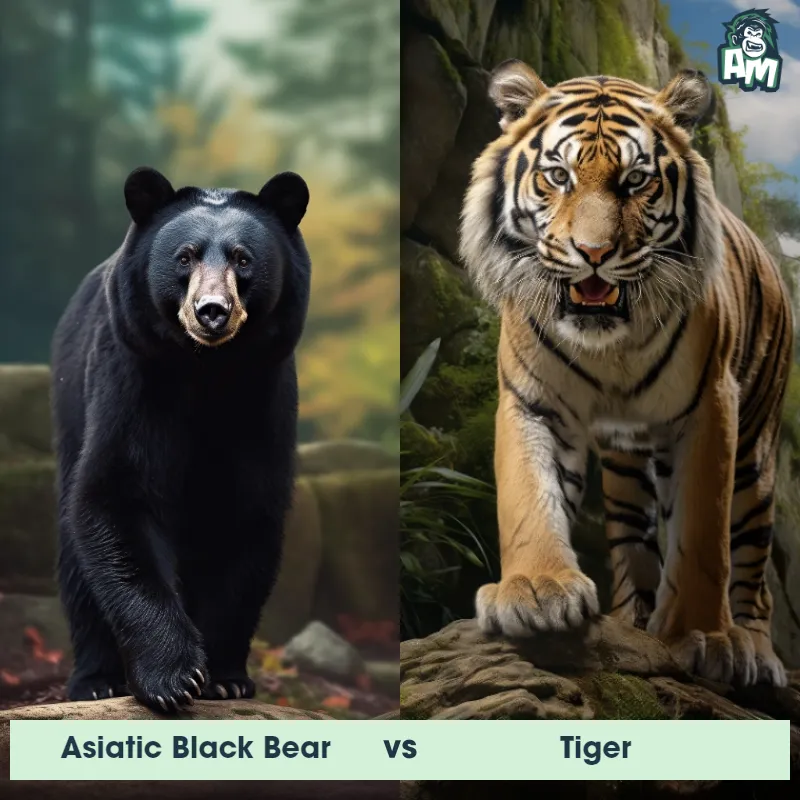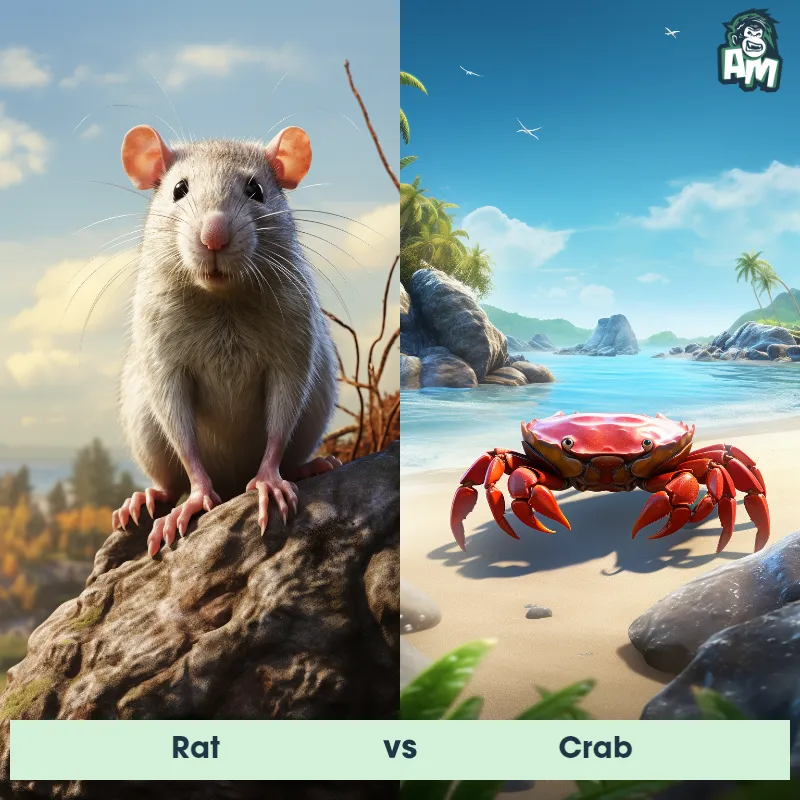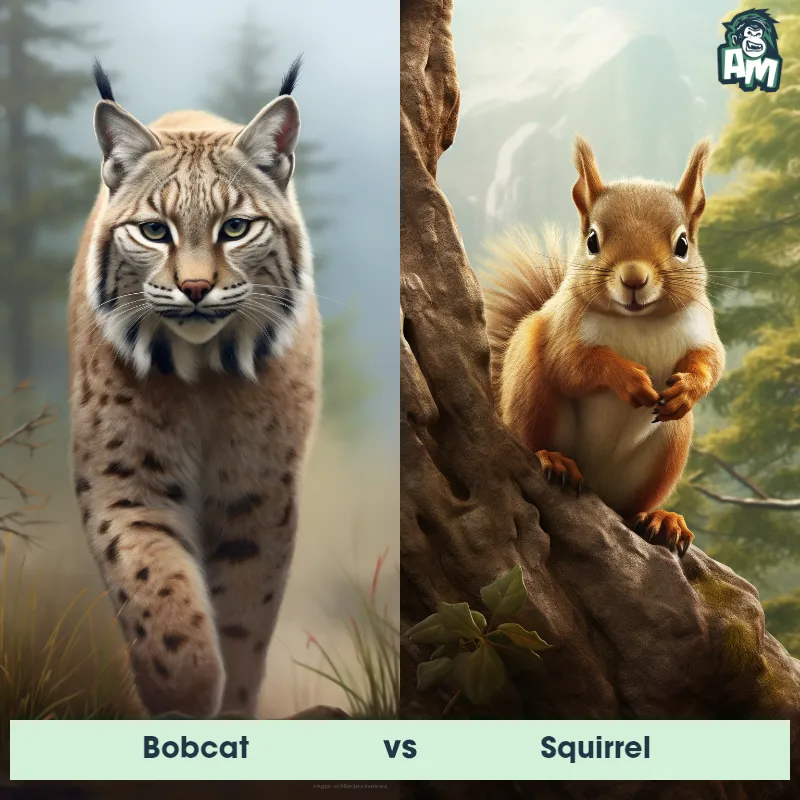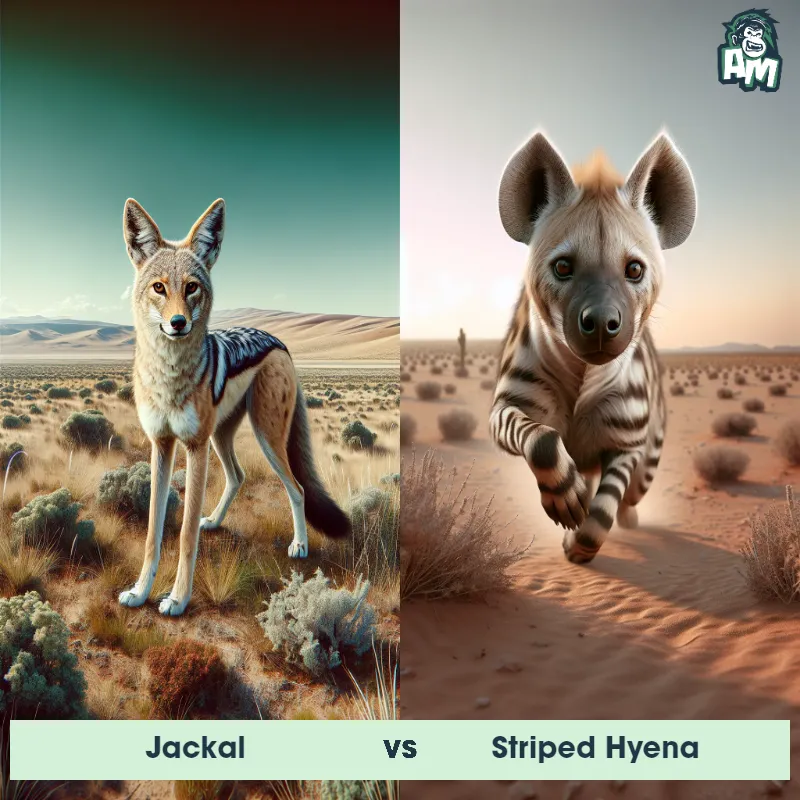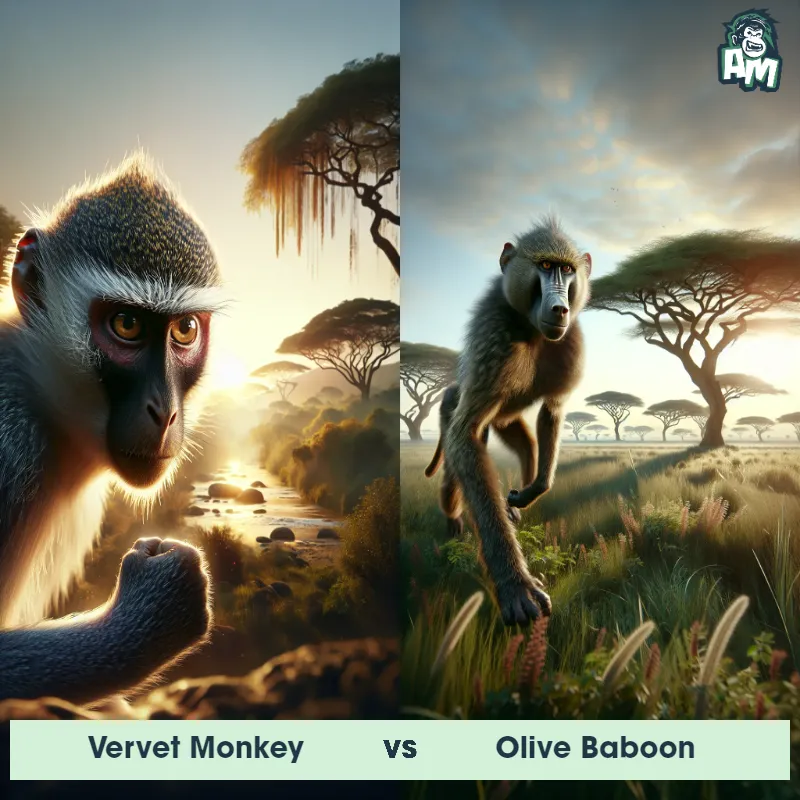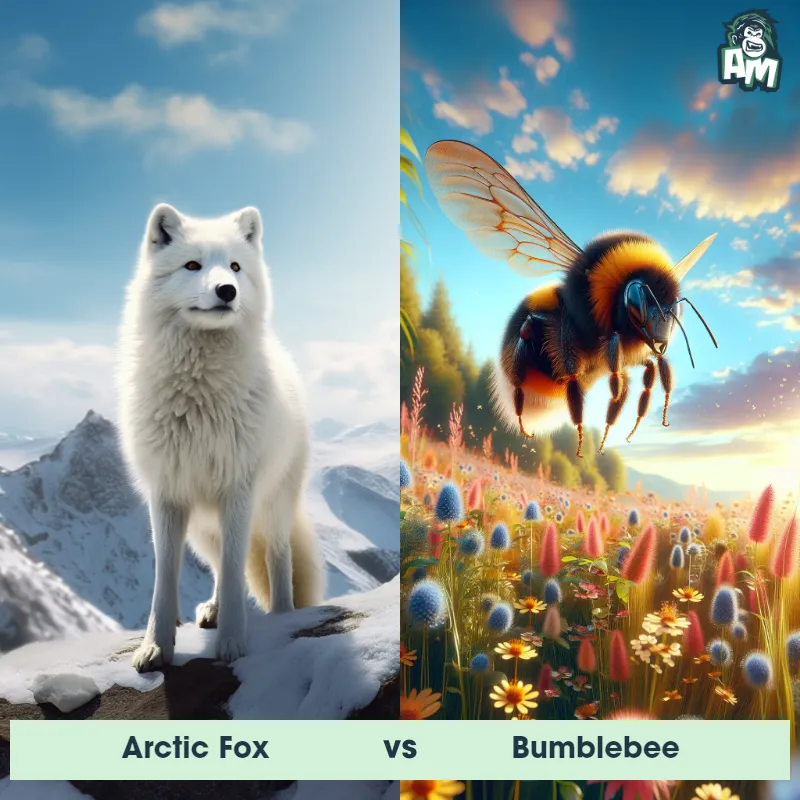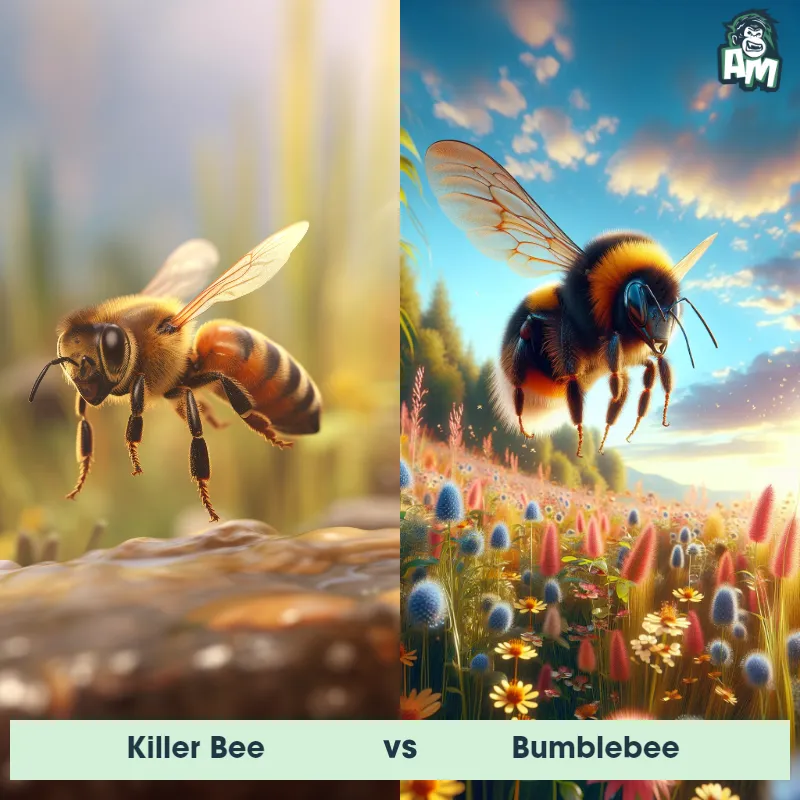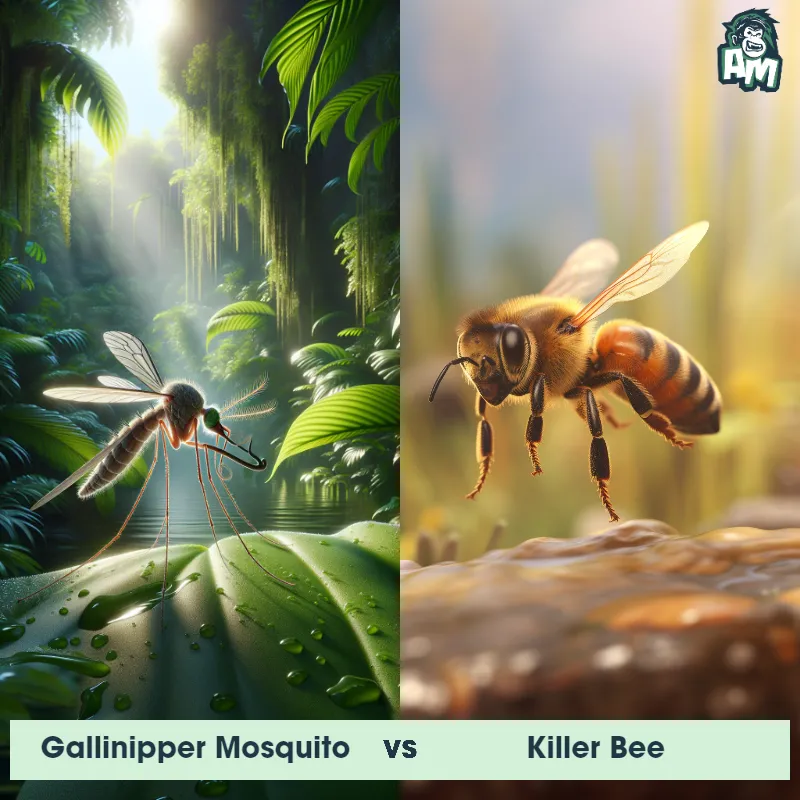Japanese Giant Hornet vs Killer BeeSee Who Wins
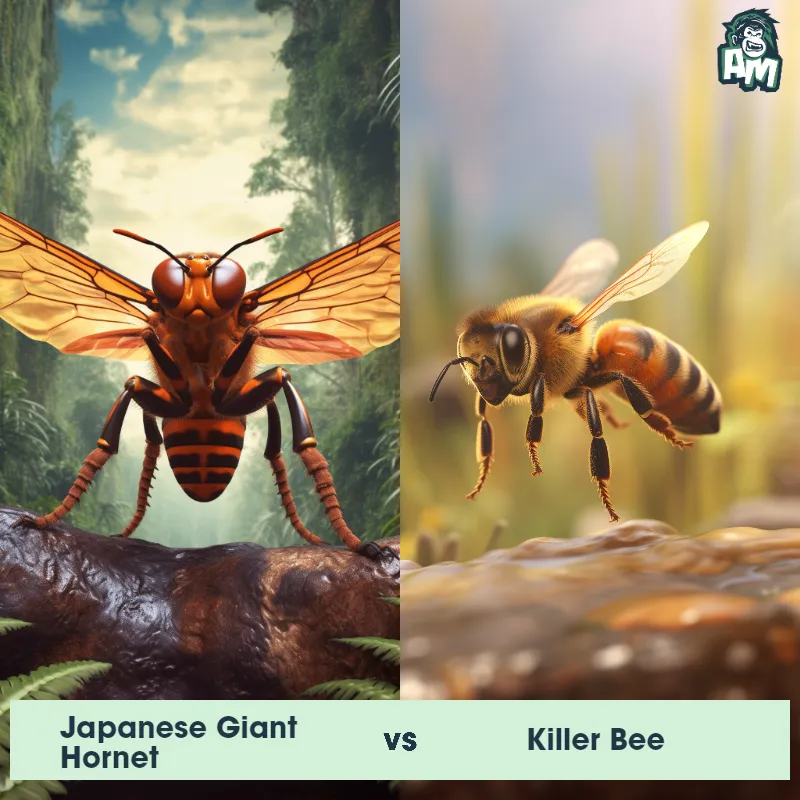
Ladies and gentlemen, welcome to this thrilling aerial showdown between two of nature's most formidable flying insects - the Japanese Giant Hornet and the Killer Bee! I'll be providing you with the play by play for this exhilarating three-round confrontation. Fasten your seatbelts for an epic battle!
Contender 1: Japanese Giant Hornet
The Japanese Giant Hornet, also known as the Murder Hornet or the Asian Giant Hornet, is the world's largest hornet species, measuring up to 2 inches in length. It has a yellow-orange head, a black and yellow striped abdomen, and powerful wings that allow it to fly at speeds of up to 25 mph. The hornet's venom is highly toxic, causing severe pain, tissue damage, and even death in humans.
Fun Fact: Japanese Giant Hornets are known for their aggressive behavior and can attack in large groups, with a single hornet capable of killing up to 40 honeybees in just one minute.
Contender 2: Killer Bee
The Killer Bee, also known as the Africanized Honey Bee, is a hybrid species of bee that was created by crossbreeding African honey bees with European honey bees. They are known for their aggressive behavior and tendency to swarm in large numbers. They have a distinctive appearance, with a slightly smaller body size than European honey bees, and darker coloration.
Fun Fact: Killer Bees are capable of chasing a person for up to a quarter of a mile if they feel threatened, and can sting multiple times in a single attack.
Matchup Stats
| Japanese Giant Hornet | Killer Bee | |
|---|---|---|
| Size | Up to 2 inches (5.1 cm) | 0.5 inches (1.27 cm) |
| Weight | Up to 2.8 grams (0.1 oz) | 0.1 grams (0.0035 ounces) |
| Speed | Speed: 25 mph (40 km/hr) | Speed: 12 mph (19.31 km/hr) |
| Key Strength | Powerful mandibles and venomous sting | Ability to swarm and sting in large numbers |
| Biggest Weakness | Vulnerable to pesticides and smoke | Vulnerable to smoke and cold temperatures |
Current Votes
Japanese Giant Hornet vs Killer Bee
See Who Wins
Match Highlights
View More Matches
Looking For More?
Similar Matches
Scientific Stats
| Japanese Giant Hornet | Killer Bee | |
|---|---|---|
| Scientific Name | Vespa mandarinia japonica | Apis mellifera scutellata |
| Family | Vespidae | Apidae |
| Habitat | Forests | Nest in hollow trees, rock crevices, and man-made structures |
| Geography | Japan, Korea, and other parts of East Asia | Originally from Africa, now found in South and Central America, and parts of the southern United States |
| Diet | Insects, including honeybees | Nectar and pollen from flowers |
| Lifespan | 2 weeks - 1 month | 1 month - 2 months |
Key Differences between Japanese Giant Hornet and Killer Bee
- Wingspan: Japanese Giant Hornet has a wider wingspan than Killer Bee.
- Size: Japanese Giant Hornet is larger than Killer Bee.
- Stinger: Japanese Giant Hornet has a longer and more potent stinger than Killer Bee.
- Color: Japanese Giant Hornet is yellow and brown, while Killer Bee is black and yellow.
- Nest: Japanese Giant Hornet builds its nest in trees, while Killer Bee builds its nest in cavities or underground.
- Body shape: Japanese Giant Hornet has a thicker body with a wider head, while Killer Bee has a slimmer body with a more pointed head.
- Behavior: Japanese Giant Hornet is more aggressive and territorial than Killer Bee.



